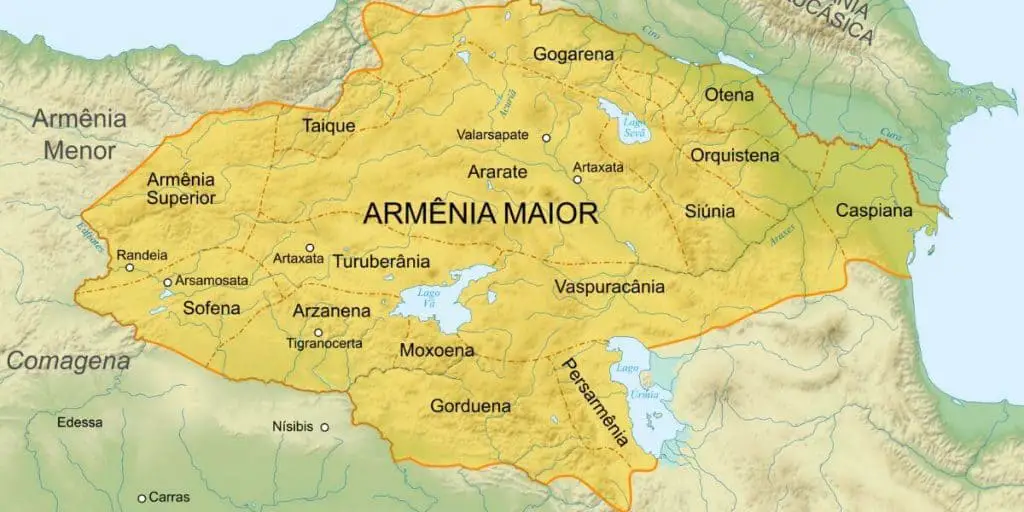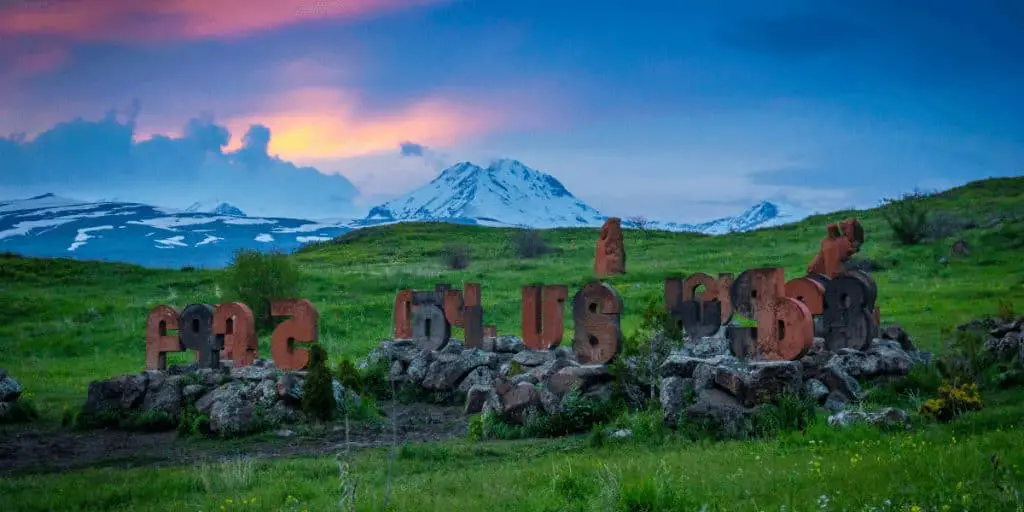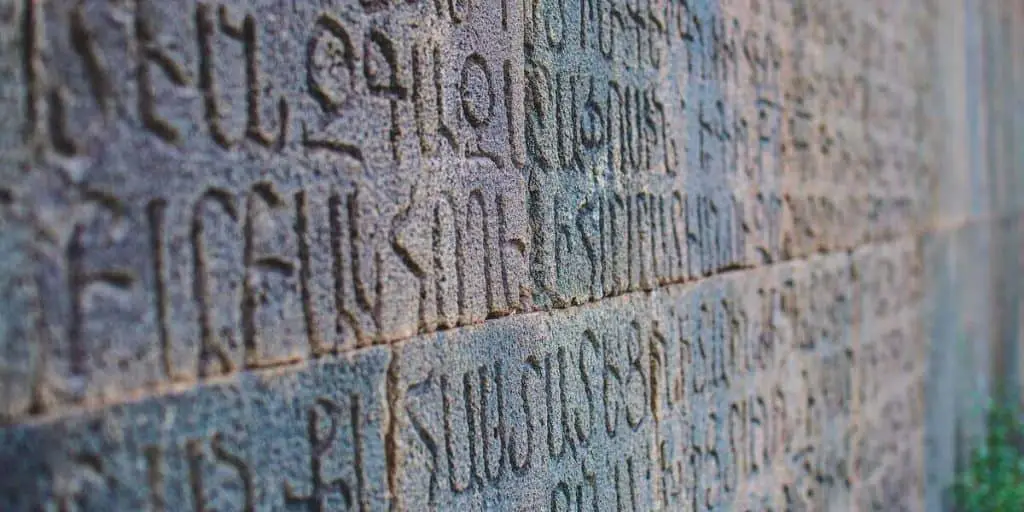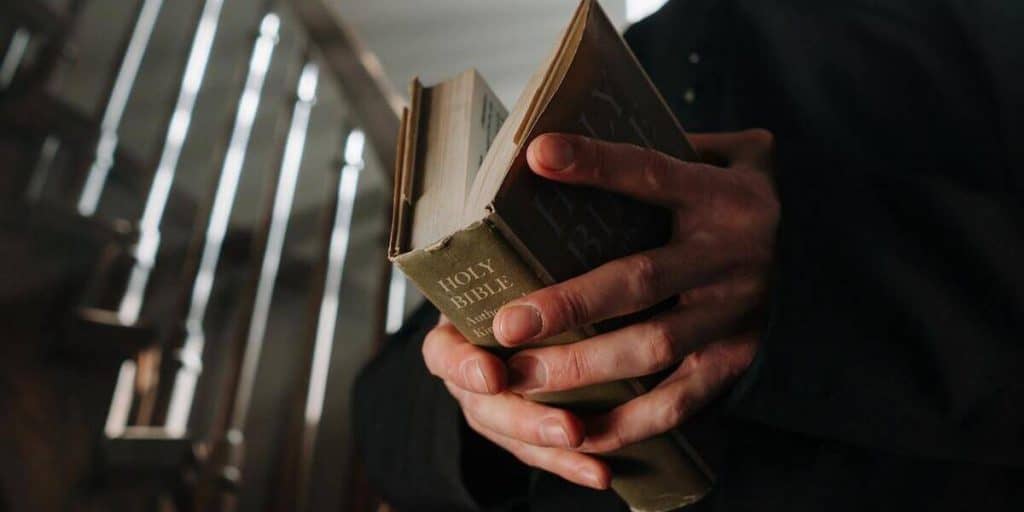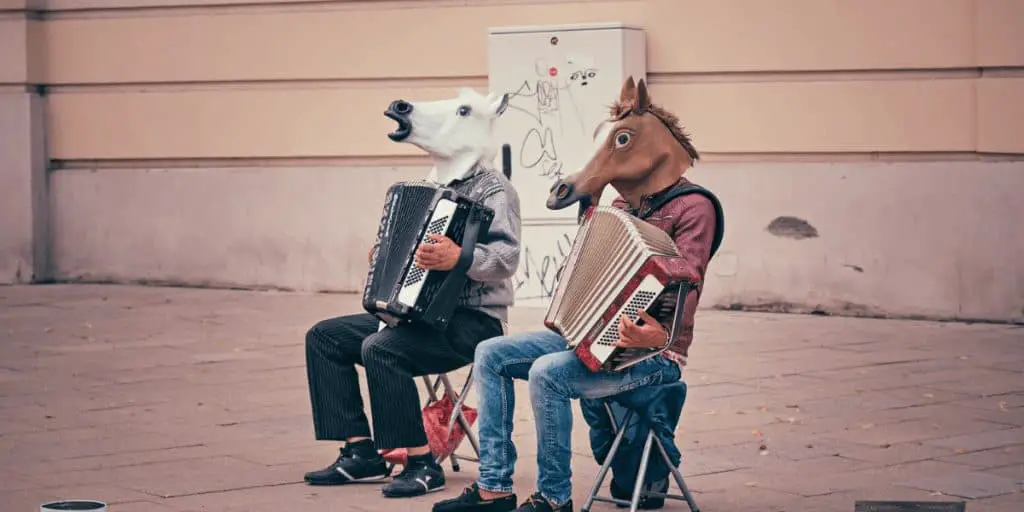Foreigners know our country as Armenia or a place where Armenians live. But we actually call ourselves Hayer, and our country – Hayastan. Why is there this difference in the naming? What is the origin of the word “Armenia”? It’s not just a word but has a story behind it, and our identity is deeply rooted in it. Keep on reading if you want to learn more about what the name of our country means. We will explore different theories around the origins of the name Armenia, and we’ll map the historic evolution of that word.
There are several speculations and theories about where the word Armenia originated from. One of the most accepted views is that the name Armenia originates in the name Armini, the word that in Urartian means “inhabitants of Arme”. It was a tribe mentioned in Urartian texts.
If this topic interests you, or maybe you are a scholar who studied this topic more in detail, let me know on Twitter or Instagram with #ArmeniaTravelTips. I’d love to hear more from you.
The origins of the name Armenia
The first significant state that was the predecessor of Armenia was Urartu. From the 9th to 6th century BC, Urartu was a kingdom in Eastern Anatolia’s highlands. It was a powerful state and is known for its advanced civilization. The kingdom was located in the highlands of Eastern Anatolia and the Southern Caucasus. The record of the word Armenia goes back exactly to that time, notably to the 6th century BC. It is believed that Darius I the Great of Persia mentioned Urashtu in Babylonian and it is believed to be Armenia in the Old Persian language.
The name Armenia possibly derives from Urartu or one of the tribes of Urartu called Arme. Today, when we talk about Urartu, we have historic Armenia and Armenians in mind. For example, when you walk around the streets of Yerevan today, you might come across restaurants and other venues named Urartu. We have some local brands of different products like wine and beer that are named Urartu. Sports teams, schools, and kindergartens – you name it. The understanding of our connection to the historic kingdom of Urartu is well-established in our minds.

Historical mapping of the word Armenia
Of course, when you have thousands of years of history, certain details get distorted and alternative theories emerge. So, it’s not surprising that today there is no single definitive answer to where the country name Armenia comes from. There are several options along with the main Urartian theory.
Based on different records it appears that in ancient times, the country of Armenia was known as Armina, Arminiya, and Urartu. Depends on who you’d ask at that time. 🙂 So, you already know the Urartian theory. Let’s have a look at the other options.
Persian sources
For example, Darius the Great (522-486 BC) wrote about a group of people who he called Armens. He mentioned the tribe Armens who rebelled against the Persian Empire and wanted independence. The Behistun Inscription, a relief carved into a large rock mountain in Western Iran, lists the lands Darius controlled (despite countless rebellions of different provinces and tribes across his empire), and Armenia is listed there as Armina. So, some historians attribute the name of our country to that period of the Persian Empire.
Greek sources
In Greek sources, the name Armenia can be found a bit later. The first reference belongs to Hecataeus of Miletus who wrote about it in 476 BC. Around the same time, some historic references to the name Armenia were also made in the writings of Xenophon, who was a Greek mercenary and a historian. Similarly, Herodotus in about 440 BC mentions “Armenians being equipped like the Phrygians”.
Byzantine Empire
By the time we get to the Byzantine Empire, which ruled over the region from the 4th to the 7th century CE, Armenia was already known as Armenia. The name was used to refer to the region as a whole and was part of the Byzantine Empire’s eastern provinces.
That name stuck around to this day and when the modern nation-states started forming in the 17th-18th centuries, the Armenians decided to put that name as the international name of the country. That, despite the fact that territory-wise the country ended up covering only a fraction of historic Armenia, in its North-Eastern part.
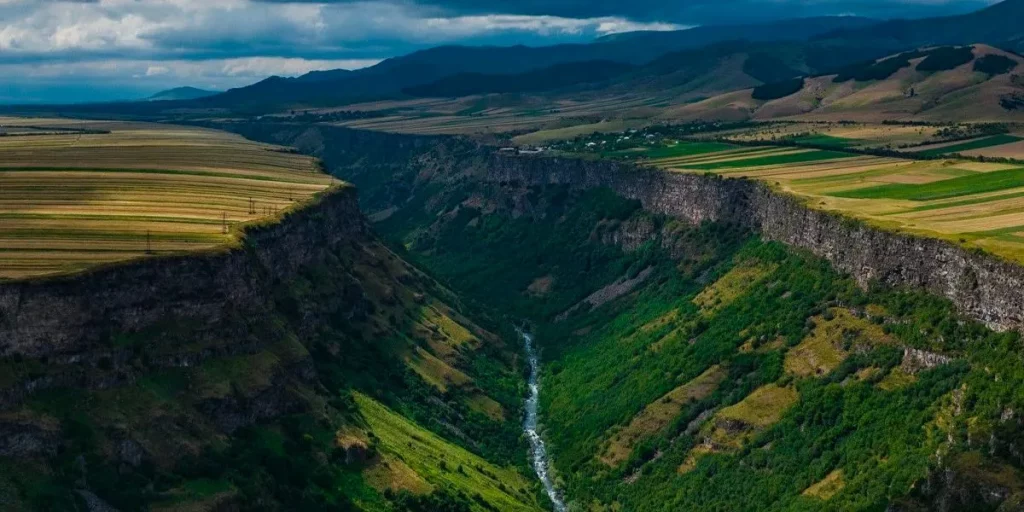
Why do Armenians call their country Hayastan?
So, while the world knows our country as Armenia, we call it Hayastan! Why so? Let’s figure it out.
The name is connected with Armenia’s renowned Patriarch Hayk, a patron of sorts. He was believed to be a descendant of Noah. Yes, I mean the guy with the Arch who supposedly gathered a pair of each animal species and saved the world after a massive flood. 🙂
In 2492 BC, Hayk apparently defeated the Babylonian King Bell in a dispute that the latter actually started. As a result, Hayk got the right to found his own country in the Ararat area with peace of mind. That is why Hayk is considered to be the founder of our nation. In time, the Persian suffix “stan” which means a place, was added to Hayk and since then the Armenians call their country Hayastan and the nation is called Hayer. Hayastan translates as “Land of the Hay”, of course.
It’s interesting that the international name of our country comes from the name of the region that was frequently controlled by large empires and therefore named using foreign languages. At the same time, the name in our own language has a beautiful story of victory and justice associated with it. I sense some political propaganda as I’m typing this. 🙂
What other countries call Armenia?
There are many countries that, like Armenia, are known under one name internationally and another one in their own language. Germany (Deutschland) or Hungary (Magyarország) can be good examples! But what’s interesting is that I checked over 100 different languages and all of them seem to derive their version of the name of my country from the word Armenia – Ameni, Armeenia, Armenien, Ermenistan, Armenistan, etc.
All but one! And that one creative fella is actually our beloved friend Georgia, our northern neighbor. They call Armenia “Somkheti”. Digging a bit deeper I learned that it sounds similar to the word “Somkhreti” which in Georgian means Southern Land. You gotta agree it kind of makes sense! 🙂 We are literally the Southern neighbors of Georgians.
Interestingly enough, in Armenian, we call Georgia “Vrastan”. Now, let’s ignore the “-stan” ending, which as we already know is simply used to indicate a place in many languages of the region. Doing that I quickly jumped into the conclusion that we basically just call them the “Upper land” or kind of “Northern land” in return for the naming they’ve chosen for us. That’s because “Vra” in Armenian means “on/on top of”. I found it super ironic! I don’t know if this theory of reciprocal “name-calling” is in any way reasonable, but I like it. And now you gotta enjoy it too!
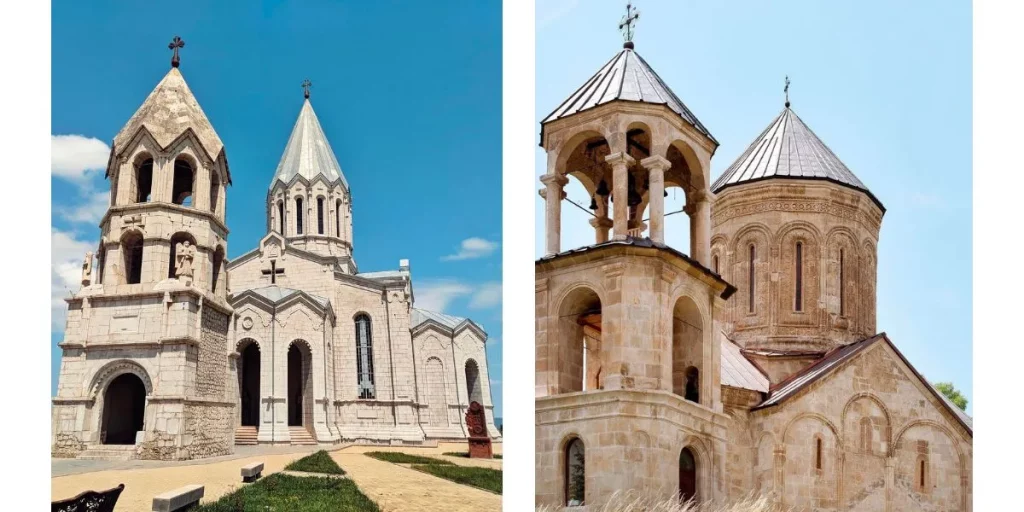
Wrapping up
In conclusion, the name Armenia is rooted in the region’s ancient history, and it has evolved over thousands of years. While foreign countries use the name Armenia, we call ourselves Hayer and our country Hayastan. The origin of the name Armenia goes back to the ancient kingdom of Urartu, and there are several theories about its exact meaning. Similarly, the exact reason for the mismatch between the domestic name of the country and the international one is not very clear. Regardless of the origins or potential political reasonings, the name of our country carries the weight of our long history and culture. And we treat it with respect – both versions equally. 🙂
I hope I helped you learn something new today. If you liked this post, let me know on Twitter or Instagram with #ArmeniaTravelTips. And if you want to learn even more, I have some other really cool posts for you. Check out these 8 facts about the Armenian culture and jump into the intriguing history of Zoroastrianism in Armenia. I’m sure you’ll love those posts if you enjoyed this one.
Featured image credits: Photo by Semhur (talk contribs) on Wikimedia Commons
